TeachingBase
NetLogo-Modelle
Die Themen Evolution und Nachhaltigkeit sind mit mehreren Lernschwierigkeiten verbunden, denn sie sind das Ergebnis komplexer Wechselbeziehungen zwischen Organismen und ihrer Umwelt, und evolutionär-ökologische Prozesse spielen sich meist über größere Raum- und Zeitdimensionen ab. Diese Prozesse sind weit entfernt von unserer Alltagserfahrung, in der wir eher kurzfristige und direkte Wechselbeziehungen erleben, und in denen wir eher Individuen wahrnehmen und nicht sich verändernde Populationen.

Computersimulationen bzw. dynamische Modelle können helfen, diese Lernschwierigkeiten zu überwinden – ähnlich wie Teleskope und Mikroskope erlauben sie es, Sachverhalte zu erkennen, die mit dem “bloßen Auge” nicht sichtbar sind. Computersimulationen können Prozesse über größere Raum- und Zeitdimensionen modellhaft darstellen, und eignen sich daher besonders für das Beobachten, Untersuchen und Verstehen von ökologischen Zusammenhängen, Populationsmustern, und evolutionären Prozessen.
Wir entwickeln Modelle mithilfe der kostenfreien Modellierungssoftware NetLogo.
Die Präsentation gibt eine Einführung in die grundlegenden Elemente und Funktionen der NetLogo-Benutzeroberfläche und in die agentenbasierte Modellierung.
Unter diesen Links finden Sie Module und Materialien zu NetLogo-Computersimulationen auf der OpenEvo-Lernplattform
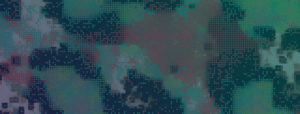
Selbstlern-Modul: Computersimulationen zu Evolution und Nachhaltigkeit
Ein Selbstlern-Modul für Lehrkräfte auf der OpenEvo Lernplatform
Ausgewählte Modelle

NetLogo: Zwei Förster
Eine interaktive Einführung in Konzepte der Ökologie, Verhaltensökologie und Nachhaltigkeit mithilfe einer Computersimulation eines einfachen sozial-ökologischen Systems
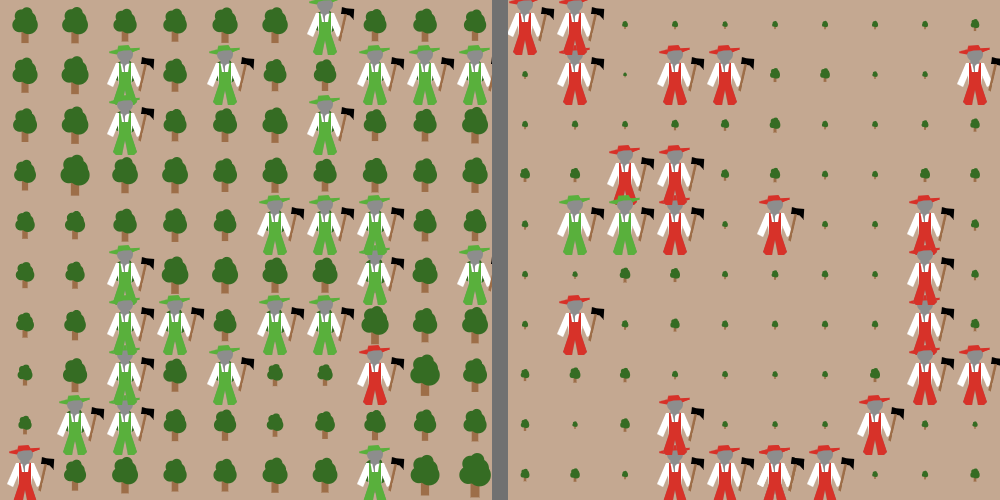
NetLogo: Zwei Gemeinden
Dieses NetLogo-Modell erweitert das Modell Zwei Förster und führt eine größere und komplexere Populationsstruktur ein.
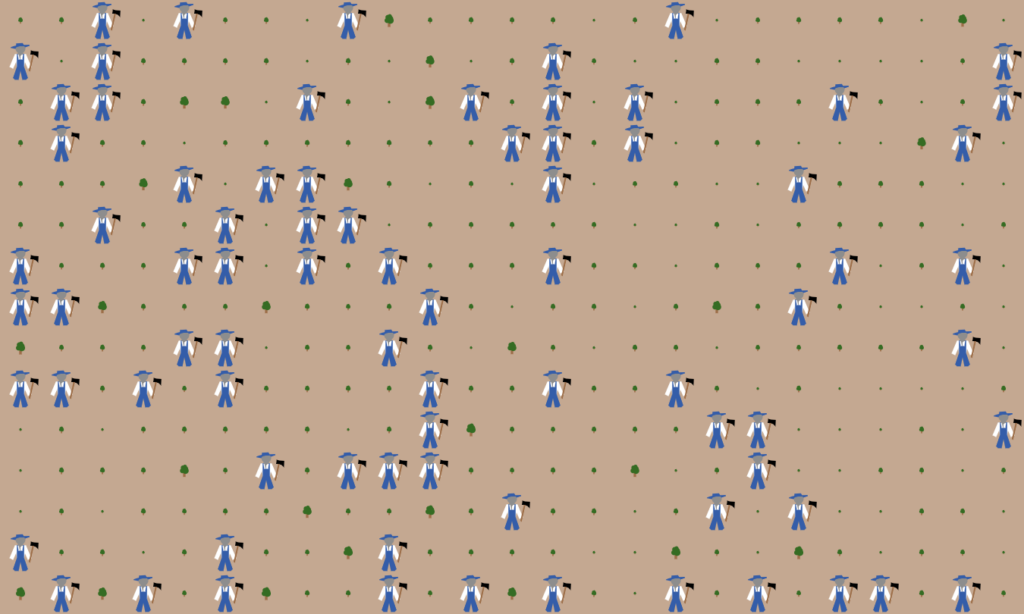
NetLogo: Bevölkerungsgröße und Lebenshaltungskosten
Mit diesem Modell können Schüler:innen die Zusammenhänge zwischen Populationsgröße, Ressourcenerneuerungs-
raten, Lebenshaltungskosten und Ressourcennutzungsraten erörtern
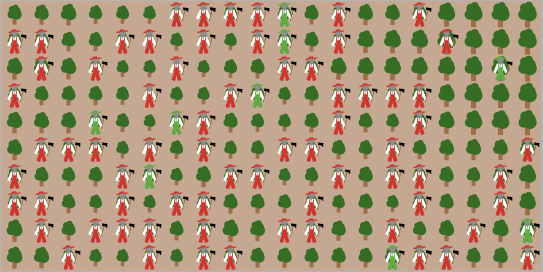
NetLogo: Evolution und Konkurrenz um Ressourcen
Dieses NetLogo-Modell baut auf das Modell Zwei Förster auf. In diesem Modell können sich Agenten basierend auf der Menge ihrer gesammelten Ressourcen fortpflanzen.
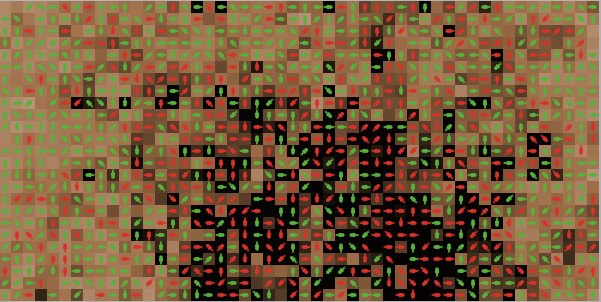
NetLogo: Evolution und Konkurrenz um Ressourcen (abstrakt)
Mit diesem Modell können Schüler:innen beobachten, wie Konkurrenz um Ressourcen die Evolution einer Population beeinflusst und zur Übernutzung der Ressource führen kann. Dieses Modell ähnelt dem Modell Evolution und Konkurrenz um Ressourcen (Forst), ist aber abstrakter.
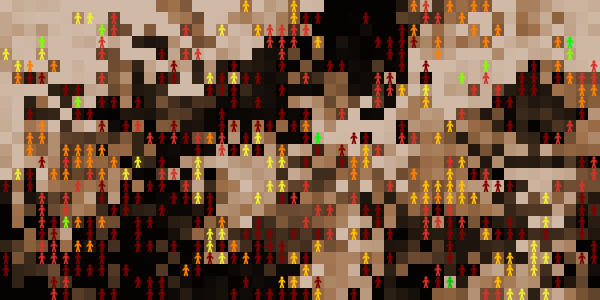
NetLogo: Evolution von Ernteraten mit Erntekosten
Dieses Modell führt das Konzept der Ressourcennutzungseffizienz in die Evolution von Ressourcennutzung ein.
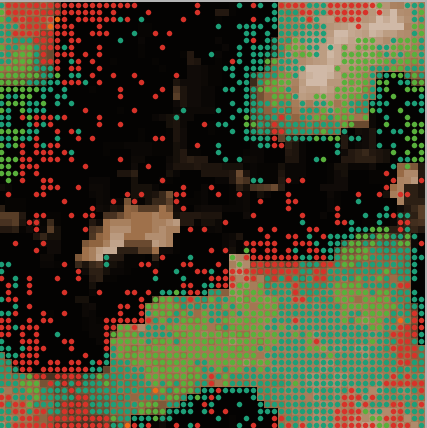
NetLogo: Evolution von Ressourcennutzung und Sozialverhalten (Überwachung, Bestrafung)
Mit diesem Modell können wir beobachten, wie sich das Auftreten von sozialen Verhaltensweisen auf die Evolution einer Population auswirken kann.
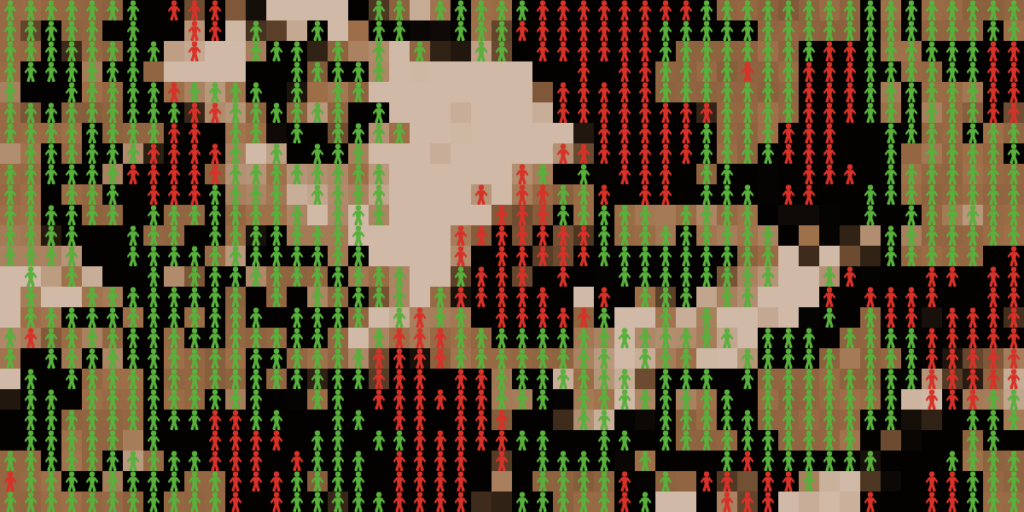
NetLogo: Evolution von Ressourcennutzung durch Nachahmung
Dieses Modell ähnelt dem Modell „ Evolution und Konkurrenz um Ressourcen“, fügt jedoch kulturelle Evolutionsprozesse durch Nachahmung von Verhalten hinzu.
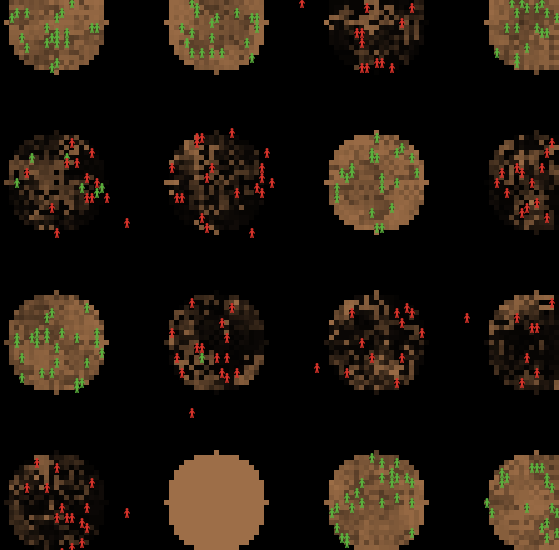
NetLogo: Inselwelt
Dieses Modell simuliert die Evolution von Populationen in einer räumlich strukturierten Umwelt, was bedeutet, dass Ressourcen und Populationen nicht völlig zufällig oder gleichmäßig über die ganze Welt verteilt sind. Hier wirken mehrere Evolutionsmechanismen, insbesondere Migration, Gründereffekt, Isolation und Multilevel-Selektion.
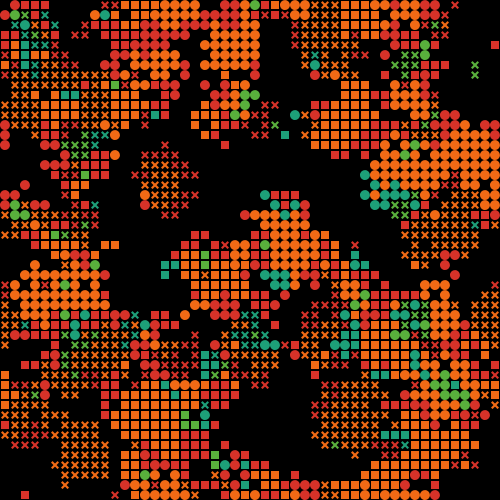
NetLogo: Evolution von Ethnozentrismus
Dieses Modell simuliert die Evolution von Ethnozentrismus in einer Population mit mehreren Ethnien.
Weitere Modelle
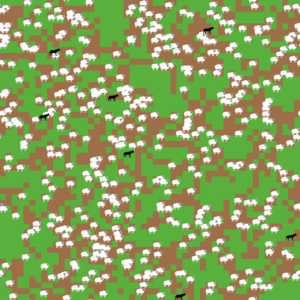
NetLogo: Wölfe-Schafe-Gras
Ein Modell eines Räuber-Beute-Systems

